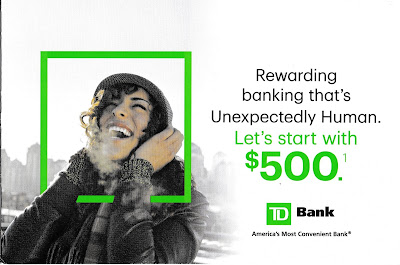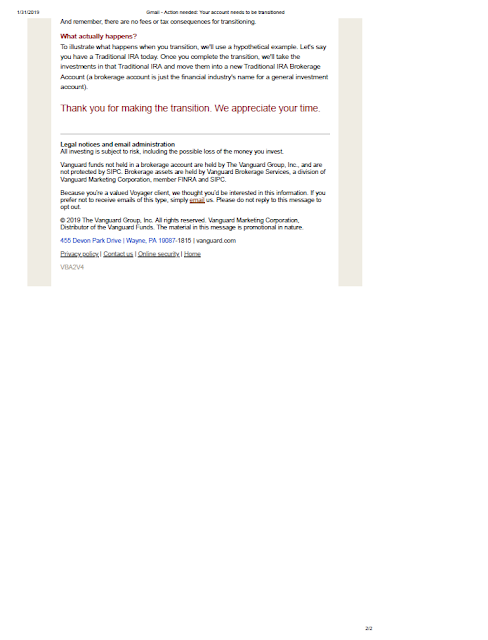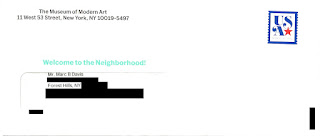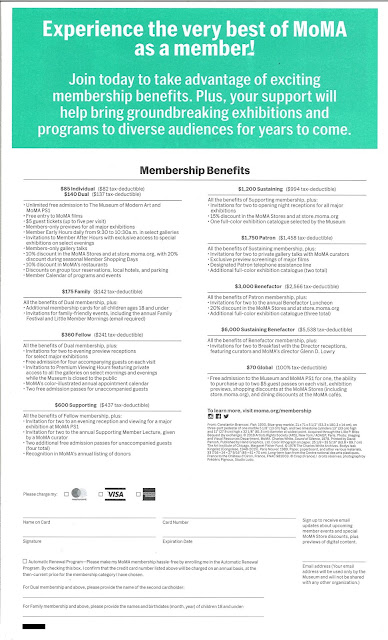- If the company has an app, it can push a notification to the customer's smartphone. However, notifications can be blocked or can be missed among more urgent notifications.
- The
company can send an email. The benefits of this approach include very low cost
to send and precisely manageable timing. The downside is that emails can fall
into a spam filter or can be easily missed or ignored by the customer.
- The company can send a letter or postcard. The benefit of this approach is that mail gets noticed. A properly created direct mail communication is interruptive without being obtrusive. In other words, it gets noticed. The downside is that one cannot guarantee when their mail will arrive in the customer's mailbox.
That's the case with this Shutterfly Labor Day Sale postcard. It merits a Fail for Timing because I received it on September 12 -- the day after the sale ended.
 |
| Postcard Front |
In
an ideal world, the postcard should arrive in home on August 28, the day the sale
starts. Some retailers believe sales communications should arrive 1-2 days
prior to the sale so a consumer can plan to make a purchase during the sale
period; however, I believe this POV comes from an outdated brick-and-mortar way
of thinking. When sending a communication with a call to action to go online or
use an app, it appears to me that the marketing communication should arrive at
a time when a customer can immediately take action and benefit from the offer.
 |
| Postcard Back |
The
postcard size is 6" x 9", which the USPS classifies as Marketing Mail. Postage charges to send a postcard of this
size are the same as for letters. However, instead of spending the extra
money to send it via First Class Mail, Shutterfly sent it by Standard Rate, formerly known as Bulk Rate. This is the least expensive (but slowest) delivery method available. The cost difference between Standard Rate and First Class
Mail for this type of postcard is typically 12-15 cents, depending on
addressee density and other factors.
 |
| Postage Indicia - Standard Rate Postcard |
Unfortunately,
it took the USPS two weeks to deliver from northern California to New York
City. Perhaps the postcard was put into the mail in California just prior to
the sale. If so, Shutterfly could benefit from dropshipping. This is a method where an independent company
ships your mail by truck to a postal network distribution
center close
to the recipient's location. So, rather than putting the postcard in the mail
in Redwood City for the USPS to send to a network distribution center in
California, then to a network distribution center in Colorado, then to a
network distribution center in Missouri, then to a network distribution
center in — well, you get the idea — the dropshipper puts the mail in a
truck and drives it directly to a sectional center facility near New York City to be sorted for the
local postal carrier to bring to homes in the Big Apple.
It is also possible that this postcard was, in fact, dropshipped and sat in a local sectional center facility for about two weeks. After all, the USPS is not accountable for standard rate mail delays.
Lessons:
- Your mail should arrive at a time that is relevant to the offer and consumer interest.
- Dropshipping has an incremental cost, but it improves timing and costs less than First Class Mail. If you are going to invest in direct mail, optimize your delivery.































